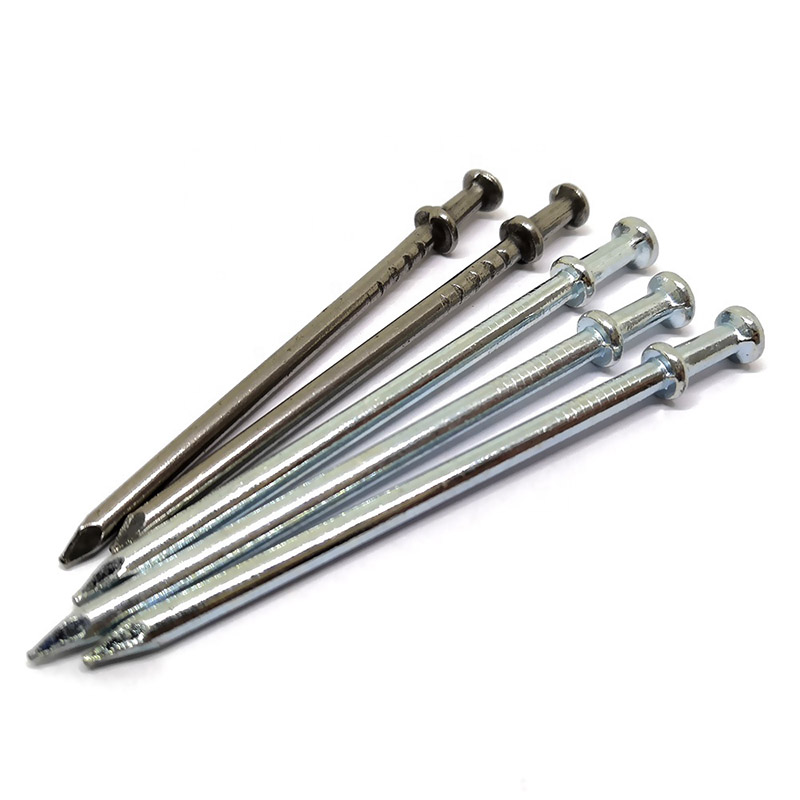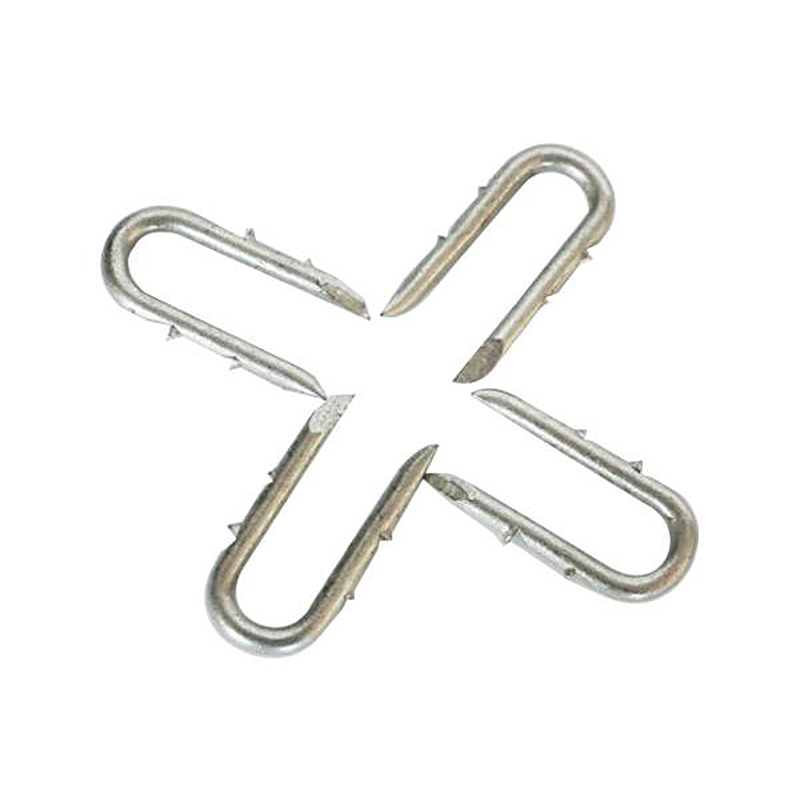Fungal nail infections, or onychomycosis, are somewhat common nowadays, with symptoms such as discoloration, thickening, odor emission, and crumbling of the nails seen on both hands and feet. Such infections can be hard to tackle but fortunately, various dosing methods exist for their treatment. Dermatophytes, yeast, and molds are all possible sources of the problem.
To address fungal nail infections, the most common approach is via oral medications. There are three major types of such medications – terbinafine, itraconazole, and fluconazole – which are ingested as pills once or twice per day over a number of weeks or months according to the severity of the infection. While these medications can be effective in combatting fungal nail infection, it’s important to note they may cause side effects such as nausea, vomiting, and headaches.
To address fungal nail infections, another form of treatment is topical medications. Applying clotrimazole or miconazole directly onto the affected nails twice daily for a period of weeks or months may do the trick. This form of treatment is effective but often results in irritating burning sensations on the skin.
For those whose fungal nail infections are particularly severe, intralesional injection could be the answer. This method administers an antifungal medication directly into the infected nails, providing an alternative to conventional oral and topical treatments. While the injections can be successful in eradicating fungal nail infections, they may produce some unpleasant side effects such as pain and irritation of the skin.
To target severe cases of fungal nail infections, laser therapy can be employed. This treatment utilizes a laser light to bombard the fungi, ultimately destroying them. Though effective, this approach can be exquisitely painful and result in skin inflammation.
When it comes to fungal nail infections, a fifth approach for treating the condition is through do-it-yourself treatments. Home remedies are a popular solution for treating mild instances of the infection, such as soaking the affected nails in vinegar and tea tree oil. While usually harmless, this DIY route should not be considered for cases that have progressed beyond a minor state.
Ultimately, when it comes to eradicating fungal nail infections, a variety of approaches can be taken, such as oral medications, topical creams or lotions, intralesional injections, laser therapy, and home remedies. Each one has certain advantages and disadvantages that must be carefully considered in order to select the most effective option; it is recommended to consult with a medical expert when selecting the treatment protocol.
An extensive number of individuals endure fungal nail infections, characterized by discolored, overgrown nails that may deteriorate. Fungi live and prosper in hot and damp environments, often leading to a fungal nail infection when the toenails are kept in such conditions for an extended period due to socks and shoes. Extracting fungi from the nails can be challenging and require commitment but there are various approaches to administer treatment dependant on the severity of the infection.
Treating fungal nail infections generally requires the topical application of medication twice daily. From creams to solutions to ointments, there is no shortage of antifungal options which, depending on the product, may include clotrimazole, econazole, or miconazole. For the duration of treatment it is important to maintain clean and dry conditions around the affected area in order for the medication to be most effective.
When a fungal nail infection is serious, oral antifungal meds are typically prescribed – such as itraconazole and terbinafine, which need to be ingested for a few weeks. Although these treatments may be more effective than topical treatments, they can still create uncomfortable side effects such as nausea, vomiting, and diarrhea.
The fungus responsible for nail infections may be warded off by using laser or light therapy. This treatment requires only a single session, though multiple appointments may be needed – and it often comes at a price. Thankfully, it is known to be both safe and effective for eradicating any fungal issues.
As a way to free yourself from a fungal nail infection, antifungal medication injections may be the answer. The medication is injected into the infected nail and, over several weeks, it works to eradicate the troublesome fungi. Though effective, injections of antifungal medications can be decidedly uncomfortable and painful.
When nail fungus becomes too difficult to conquer with medication and home remedies, then surgery provides an option as a final resort. Unfortunately, the process of having the infected section cut away can be an uncomfortable experience, and may not guarantee a cure. Nevertheless, if all else fails, it can be the only way to restore some semblance of normalcy.
When it comes to treating a fungal nail infection, one must remain steadfast throughout the whole procedure. Different strategies can be applied for treating these kinds of ailments, yet all require dedication and endurance. The healing process may demand weeks or even months before the infection is completely eliminated.
Despite the dosing approach selected, it’s imperative to adhere to the directions and complete the recommended duration of treatment. Fighting fungal nail infections can be a lengthy process, but with exact dosing, the infection can be vanquished.
Related Product

Plastic Strip Nail
Product Information: Diameter/mm(±0.05mm) Length/mm(±1.5mm) 2.87 50/60/65/70/75 3.05 70/75/83/90 3.33 75/83/90 3.76 75/90/100/130 4.11 75/90/100/130 4.5 75/90/100/130 Featur […]

Black concrete nail
concrete nail with special materials, concrete nails are specialty nails compared with common iron nails. It is harder, the shank is short and thick commonly and it has excellent p […]

Headless Nail
Product Information: Cheap Lost Head Nails/ Headless Nails/ Finishing Nails Price Material Q195 or Q235 iron wire rod or according to request Size 1″ – 6″ Finish Polished or […]

Paper Strip Nail
Product Information: Material Q195, Q235, stainless steel Surface Finish Bright, Galvanized, Hot Dipped Galvaized, Electro Galvanized, Zic Yellow, Zine Bule, MG, Dacro, etc. […]

Garden Nail
Product Information: Black or yellow color plastic ground pegs are used for fix the ground cover or woven fabric or fleece on the ground. Material: Virgin PP OR PP +UV stabi […]

Double Head Nail
Product Information: Material Q195/Q235 Surface Treatment Bright, E.G, H.D.G, M.G, V.C, C.C, P.C and so on Head Two Head Shank Smooth Shank Point Diamond Point Kinds of pa […]

Fence U Nail
Product Information: U TYPE NAIL 1.material: Q195/Q235 Low Carbon Iron Rod 2.shank: smooth shank, single barbed shank, double barbed shank and others 3.Point: side cut point or di […]

G Sod Staple
Product Information: Product name Sod Staple Material: Q195 /Q235 Size: 3/4X14GA, 3/4X9GA, 7/8X14GA, 1X9GA, 1-1/4X9GA, 1-1/2X9GA, 1-3/4X9GA Type: Round head with smooth shan […]

U Sod Staple
Product Information: Landscape Staples * 11 GAUGE STEEL CONSTRUCTION: The points on the staples are sharp enough to pierce commercial ground cloth, and the staples are long […]